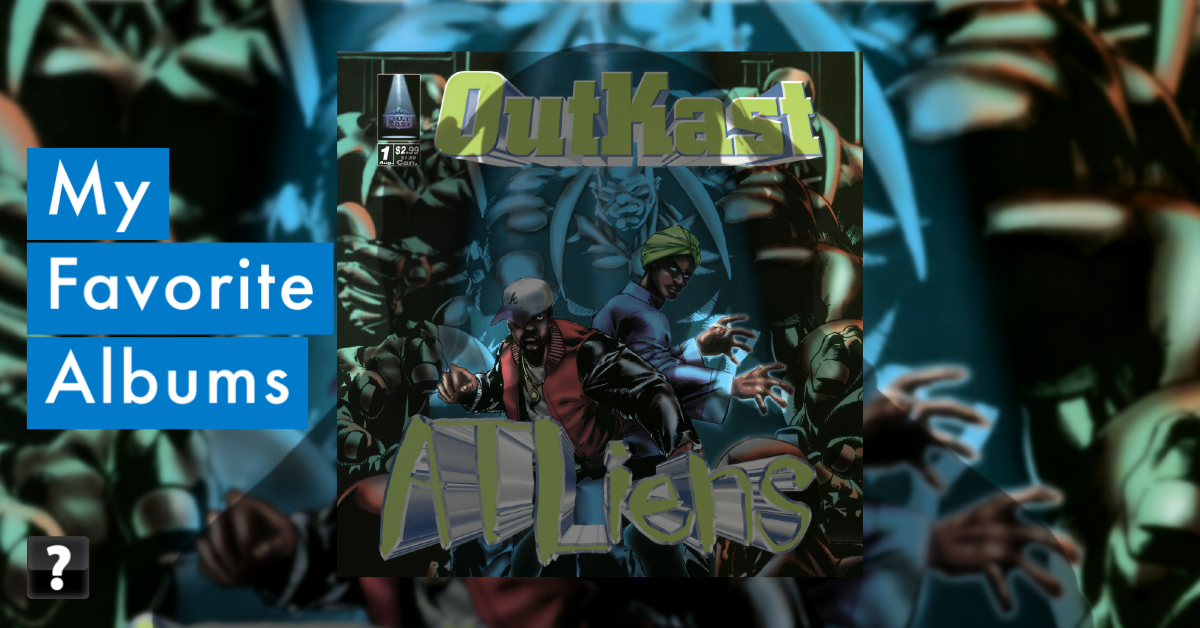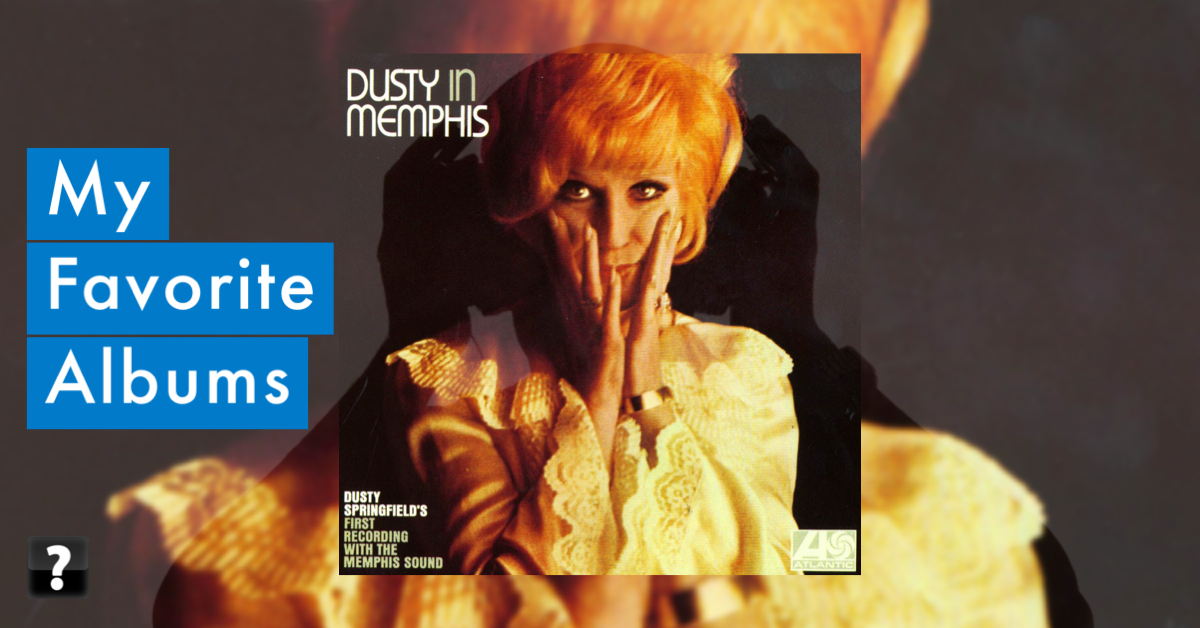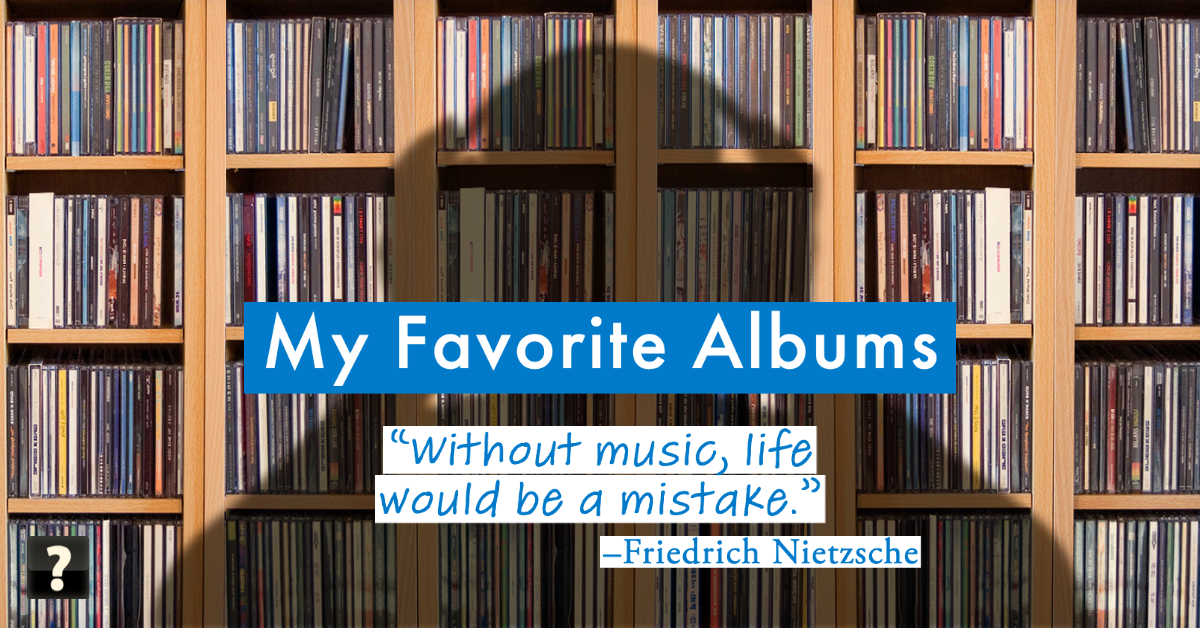From time-to-time I used to review books [confusion.cc] on this site —or at least I used to give my opinion on my favorite reads, I never tried to review all the books I read. The last book I reviewed was back in 2020… and that was after almost a decade. It’s not that I stopped reading, or even reading books I think are worth posting a review about; it’s that my posting on Confusion dried up a lot during that decade. Since the pandemic started I have tried to ramp up my posting, with some success. But I only did a few book reviews. I need to get back to that, there are at least two amazing books I wanted to post about that I was just too lazy, and now it’s been years since I read them… But anyway, this post is about starting a new category of reviewing music, specifically albums that are part of my personal canon, albums I continue to go back to over and over again even long after they faded for the charts.
I think that my musical tastes are very diverse. Covering everything from classic rock, new wave, heavy metal, industrial, grunge and alternative to techno, trance, southern rap and various sub-genre of jazz. My tastes have shifted dramatically at different points in my life, so this will be a wild ride.
I wonder if my eclectic tastes are a result of being in high school during the height of the “alternative music” scene and rise of rap into the mainstream? In my memory the radio and MTV of that period played a wider range of music what I remember of earlier or later formats when a single genre dominated. Maybe I’m just biased, or more likely this was the time when I paid the most attention and was most impressionable. But in any case we listened to Soundgarden and Sarah Mclachlan, Garbage and Greenday, The Eagles and Everclear, Metallica and 10,000 Maniacs, Beastie Boys and Bjork. All on the same station. At the same time R&B and rap were in the middle of their meteoric rise, so we and changed stations and listened to Dr. Dre and Biggie, Tribe Called Quest and 2Pac. And at night we raved to euro dance, techno, Chicago house and early trance.
I’ve read that your musical tastes are set when you are in your early teens, due to the way our brains are evolving, but also that the nostalgia factor is high, that you listen to music which corresponds to specific times or events that you want to remember. I associate the diversity in my music taste to a bit later in my life, my late teens and early twenties but also to specific periods in my life, influenced by significant people, both friends and girlfriends.
Key musical eras and locations in my life often overlap, some periods lasted years, others a few months but all left a big impression on my tastes and library. The key “periods” and places include:
- High School: my first few years at Albemarle High School coincided with the explosion of grunge and alternative. This is the period when I really got into music. I got a walkman and started buying music. Watching MTV on one TV, while playing Sega Genesis in the other room every morning at K████’s house while waiting for the bus to drive past and then running out to catch it on the way back. Later I got a portable CD player and spent so much of my junior and senior year with my headphones on I’m not sure how I managed to talk to my friends outside of class.
- Automotive Freedom! After getting my drivers license and a job I spent countless hours driving the back roads of Albemarle county and, often, the surrounding counties. Driving around with M█ and listening to Tribe Called Quest, Pharcyde, Dre, and the Bone Thugs. I spent too much money to put a good stereo in my car, an Alpine CD player, at big amp and even bigger sub-woofers and mid-range speakers. I always had to remember to turn the music down when I got close to home to avoid the neighbors, or my dad, complaining about the noise. But driving down the highway with the windows down blasting music was the best feeling in the world after a long day of school or work.
- Raves and Club 216: My senior year I got big into Techno and Raves. Traveling around with O███ to attend raves around Virginia and even further afield. Some of the first and most influential were in the basement of Club 216 in downtown Charlottesville. From here some of us eventually ended up going to Club 216. I was a regular there, even though 216 was the “gay club” in town and you had to be a card carrying member of the Piedmont Triangles Society and I’ve never been gay I credit my time spent there with helping to form my view of inclusivity. I mingled with openly gay and lesbian people and met many a drag queen all in the name of good dance music. Still other then the people I went with I didn’t tell anyone in high school that I went there, though later I met a number of people from high school there after we graduated and the music became more popular.
- T█████, my first serious girlfriend after high school and a key influence in listening to heavy metal and hard rock, new and classic. Thrash metal and big hair 80’s metal. Also, reintroduced me to the The Cure and I’ve never kicked that habit. The breakup was bad, and I ended up with some of her music but she ended up with a lot of mine, some CDs that years later I would be like “hey, I should listen to that” only to find that I had an empty CD case or nothing at all though I know I owned that. I took until the streaming era to have access to some of that, and some of it I will never get back as they were bootlegs…
- The Fish Store: working at the fish store for several years introduced me to a lot of music from before I really got into music because J███ was into music. He furnished the store with NHT speakers and an Adcom CD player and amp. We listened to the 80’s hiphop and bands and albums I’m not sure how he found: Cibo Mato and Soul Coughing. And lots of Ben Folds Five.
- The Napster Era: I was in college in Northern Virginia when Napster broke the music industry. I am guilty of misusing the free university internet to download and share copious amounts of music for a while. Burning CD after CD of dance music from Europe; techno, trance, jungle, and anything I could get find. So many Essential Mix shows. Wish I still had them. I trashed most of my ill gotten music when I had a change of heart about piracy long ago. With the exception of live shows that were never released ;-)
- London: When I went to study overseas I unhappy to start with, alone and lonely. I spent a lot of time wondering around a few used CD shops in Angel and Islington. Flipping through thousands of used CDs and listening to anything with a cool cover or from artists I knew. Just to past the time. Within a few months I had made friends and was out of my funk just in time for my girlfriend, in Germany, to dump me. So I spent a lot of time listening to darker music to match my mode. But by the end of my time in London I was also listening to more pop music as I was spending a lot of time in clubs and bars with my friends who were big into current pop/dance music to party to.
Those are the big ones. After returning to the US from London I started working and there has not been different eras punctuated by specific people or places. I continue to seek out new music, but it’s not associated with a specific person or place. Looking at that list, it all happened within a little more than a decade…
Many articles also say that we stop discovering new music after about 30. Which explains top 40 and classic rock radio. But I’m going to buck that trend too as several of the albums in my list I plan to cover were released long after I was past 30 and some of them by artists that I didn’t know or styles of music that were not really my thing. We’ll see.
I do feel it’s gotten harder to discovery music though serendipity, CD shops are not really a thing. Radio, at least in Singapore, is über formulaic and “safe”. I don’t have a group of friends that I get together with and listen to music. It’s funny that with steaming I have access to functionally infinite amount of music but I can’t find a good discovery mechanism.
I know my teenage daughter does a lot of music discovery via social media —YouTube and TikTok mostly, but I can’t get into it. I introduced my daughters to a lot of my music over the years in car rides home. Listening to The Cure, Rammstein, Pink Floyd, The Weeknd, P!nk, Linkin Park, Led Zeppelin, Outkast, DJ Shadow, Run The Jewels and many more. So, I hope they find and enjoy music for the rest of their lives. As Nietzsche said: without music, life would be a mistake
. ‘Mistake’ seems a bit harsh, but life would be less full of wonder and beauty.
In any case I hope this is going to be wild ride.








